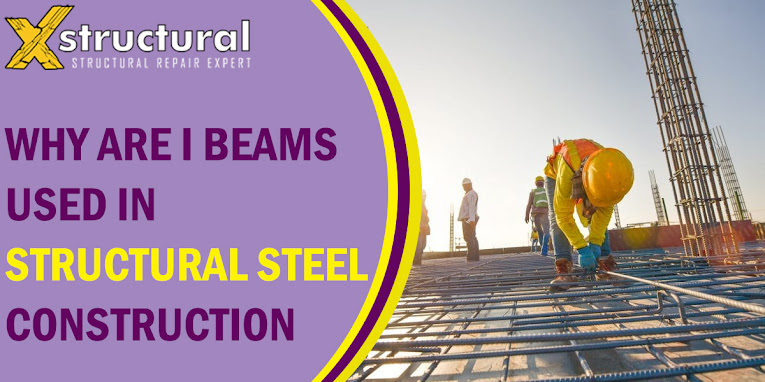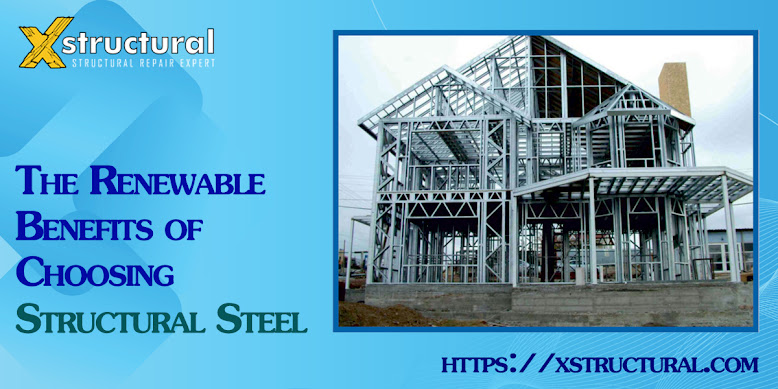Why Are I Beams Using in Structural Steel Construction?
H-Beams
H-beams are one of the most common types of beams in structural steel construction. They are a great choice for buildings that have a large load and need a strong foundation. They are also lighter than square beams of the same size. These characteristics allow H-beams to be used in large projects and have a better strength-to-weight ratio than their square counterparts.
H-beams are often used as beams and columns in structural steel construction. They offer a high strength-to-weight ratio and are commonly used in residential construction projects. These beams are ideal for supporting the load of a roof, wall, or floor. In addition to this, they can be combined in various ways to create long steel structures.
T-Sections
Tube steel is most commonly used as columns, but it can also be used for bracing, beams, and other applications. In structural steel construction, a typical T-section has six-inch flanges and a four-inch-thick wall. A T-section can be a hollow or solid section, which means that its strength is determined by its overall thickness, rather than its diameter.
T-sections are used to reduce the depth of beams. They are also used as bumper bars and edge protection. They can also be used to reinforce the bases of glass tables. Stainless steel T-parts are often used for glass facades. Basic tees are also used in structural steel construction but are less common.
Flanges
There are several different types of flanges that are used in structural steel construction. One type has a tongue or groove design, while another has a flat surface. For example, the S-shape flange is made of two flat pieces that meet at a point that is approximately 17 degrees off the surface of the other.
This type of engineered beam is often used for seismic-resistant steel buildings. Its flanged construction provides increased lateral stiffness and reduced construction costs. The design also offers an ease of weld and bolting, which helps reduce construction time.




Comments
Post a Comment